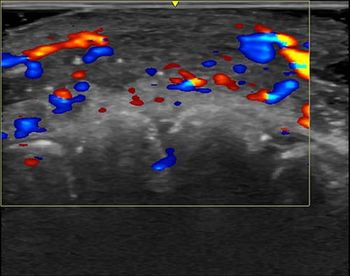
Joint-read CAD systems make U.S. debut
The RSNA meeting is giving new joint-read computer-assisted reader (CAR) software programs their first commercial showing in the U.S. Recently approved by the FDA, Lung CAR and Colon CAR are being displayed by Vital Images and Viatronix.
The RSNA meeting is giving new joint-read computer-assisted reader (CAR) software programs their first commercial showing in the U.S. Recently approved by the FDA, Lung CAR and Colon CAR are being displayed by Vital Images and Viatronix.
Commercial agreements signed days ago with the manufacturer of the systems, software developer Medicsight of London, allow Vital Images to integrate Colon CAR software into the company's InnerviewGI CT colon imaging product line and Viatronix to globally distribute both Lung CAR and Colon CAR.
Medicsight's image analysis software products differ from standard second-read computer-aided detection systems by allowing radiologists to review computer-identified areas of suspicion next to unfiltered images during the same reading. Second-read systems that use CAD as a spot check require radiologists to review images twice.
Lung CAR and Colon CAR both make use of a series of filters that refine the identification of lesion boundaries. Colon CAR can be applied to image data generated from CT colongraphies to find and measure colorectal polyps. Lung CAR can be used to evaluate lesions and nodules on CT lung scans.
Newsletter
Stay at the forefront of radiology with the Diagnostic Imaging newsletter, delivering the latest news, clinical insights, and imaging advancements for today’s radiologists.




























